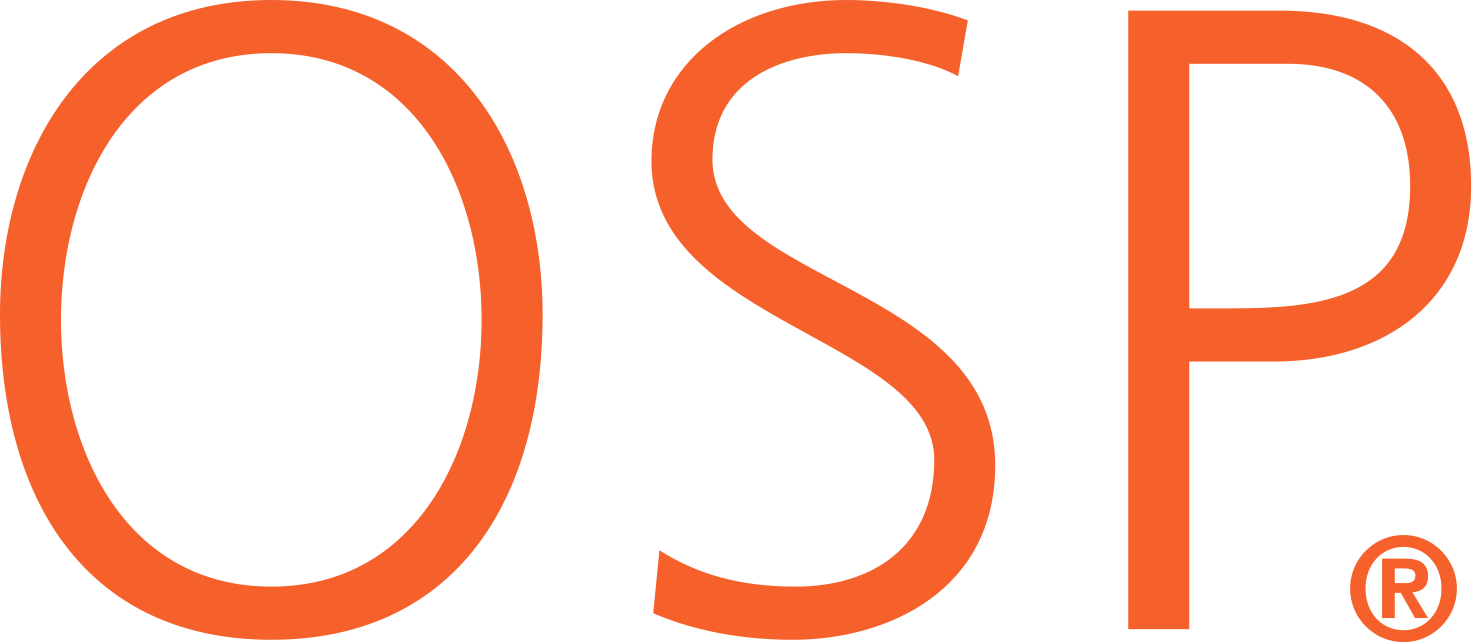Recent Posts
Don’t Neglect the Post-Shot Routine!
It’s important to use the post-shot routine when working on your weaker targets in practice. When you use it after every shot, it helps you with your correction routine if you miss. When performing, the post-shot is automatic for me. But even though I saw the lead, I do not get involved with the lead on the next shot, but I make sure the target is coming to me and I match the speed and I send it in the breakpoint. Whe... Read more…
How We Can Teach You Self-Correction
I had a lesson not long ago with a shooter who'd been shooting with a pro-tournament shooter, complaining about vision problems and closing an eye. He'd been told over and over, “Now this target's going to take three feet to the right and a foot under.” And he was very frustrated. After showing him what the sight pictures really looked like, I started him on left-to-right crossers and he was amazed what his brain coul... Read more…
From a 90-10 Focus Ratio to 98-2
At a focus ratio of 90-10, the leads seem very similar, with a few big ones still out there. But you're beginning to control the bird from in front with good gun speed. Then 95-5 occurs and everything looks the same and slow and lead is no longer part of the process. Then you go to 98-2 and you're in the zone. All your plans are automatic and obvious. The pre-shot visual is instant and the sequence is exactly like the ... Read more…
Barrel Awareness is an Evolving Process
Speed match is critical. Without it, the picture is not real. But with speed match, it becomes real afterwards. Anything you're aware of in your sharp vision arrives at the motor center in five milliseconds. It takes 300 milliseconds for anything in your periphery to arrive in the motor center. When you've matched the speed long enough to know that you've matched the speed, that takes longer than 300 milliseconds. The... Read more…
Neurological Suspension and Focus Ratios
Sports vision expert Dr. Dan Laby taught us that there's no difference in reaction time between experienced and non-experienced athletes in simple reaction situations such as “red light, green light, stop, go.” You’ve been doing it your whole life. However, there is a dramatic difference in non-trained and trained athletes in complex decisions where the athlete must focus on one stimulus, ignoring another stimulus in t... Read more…



